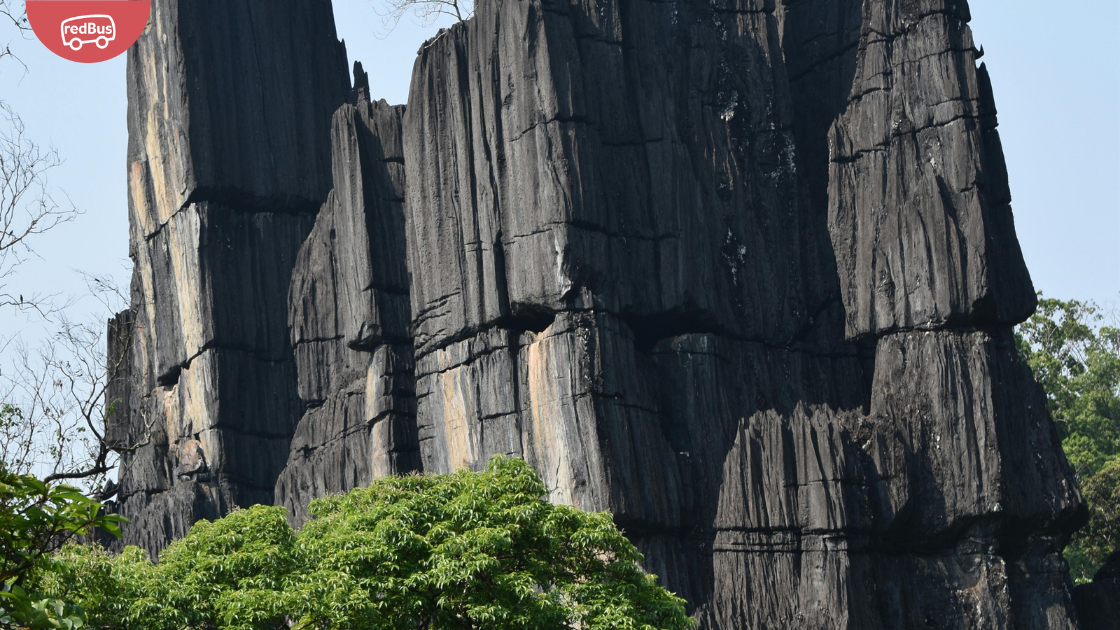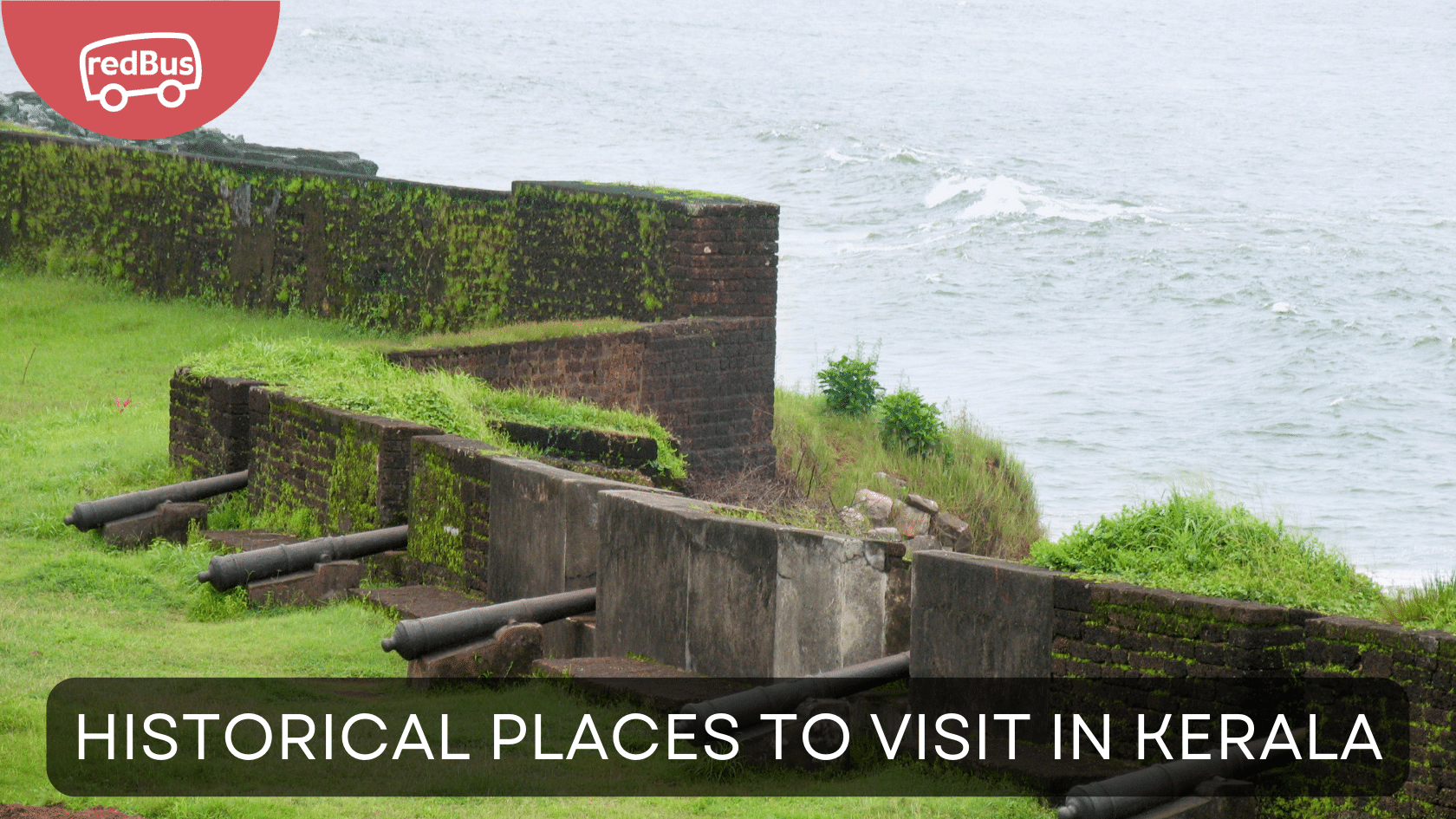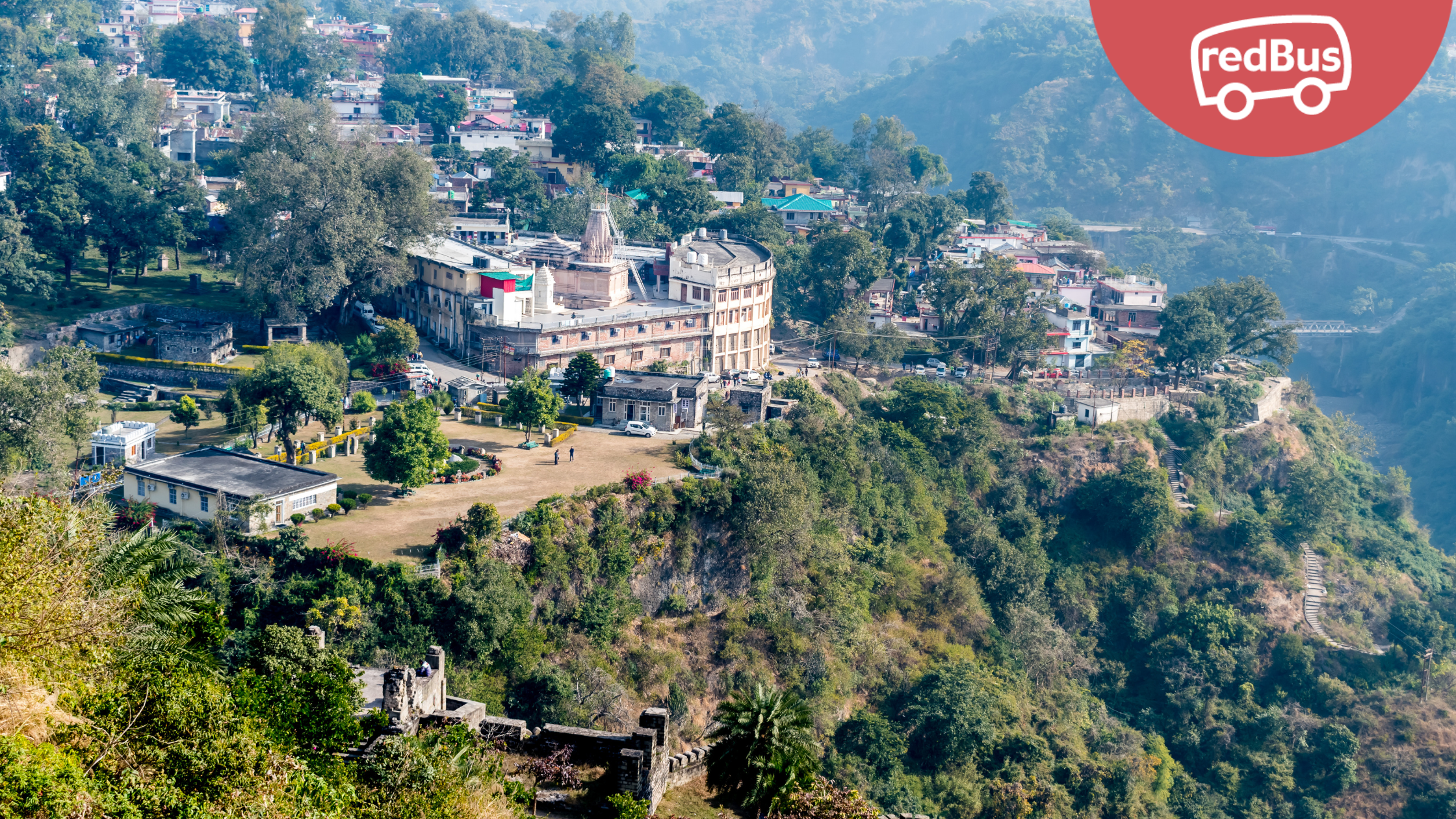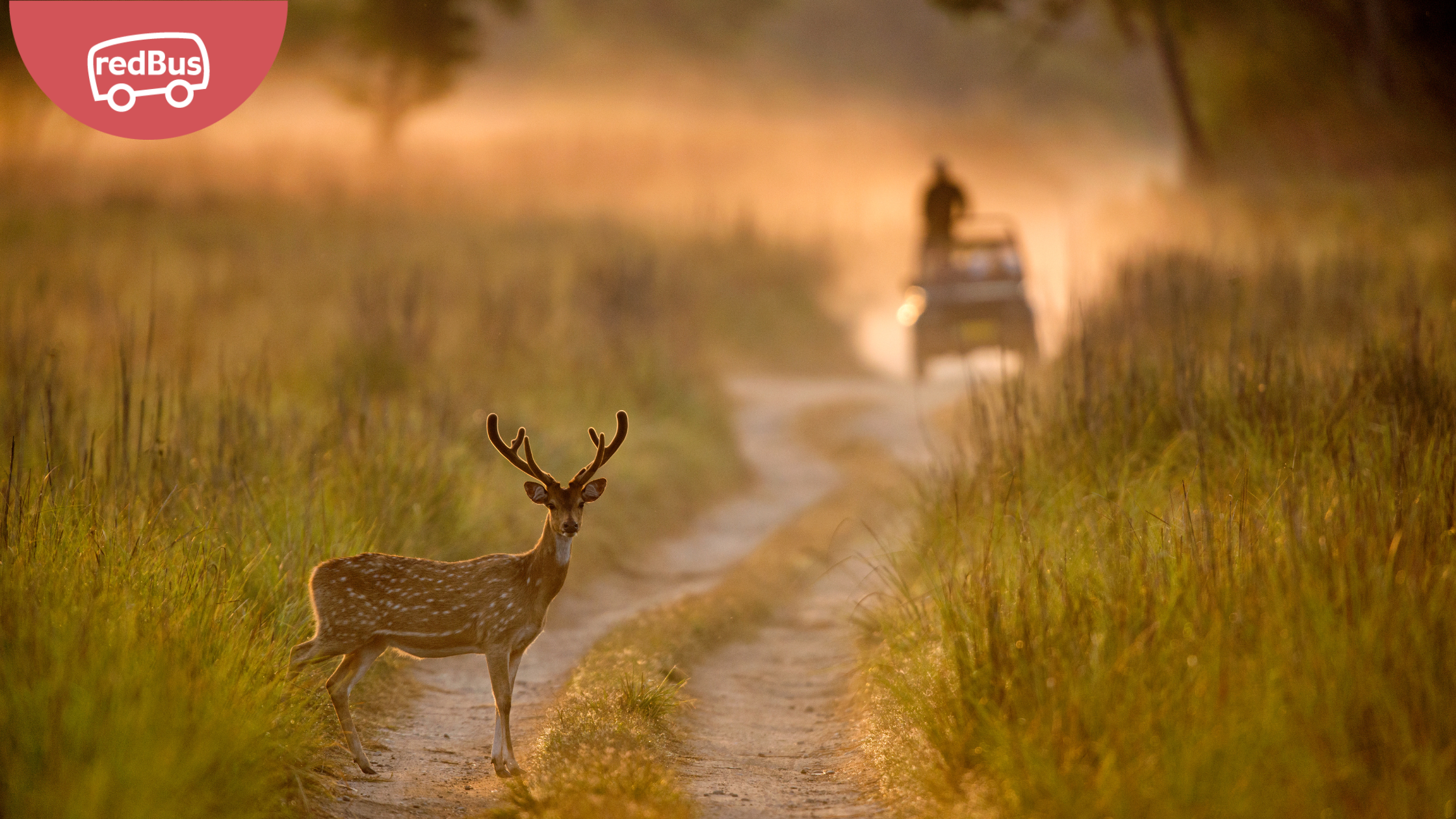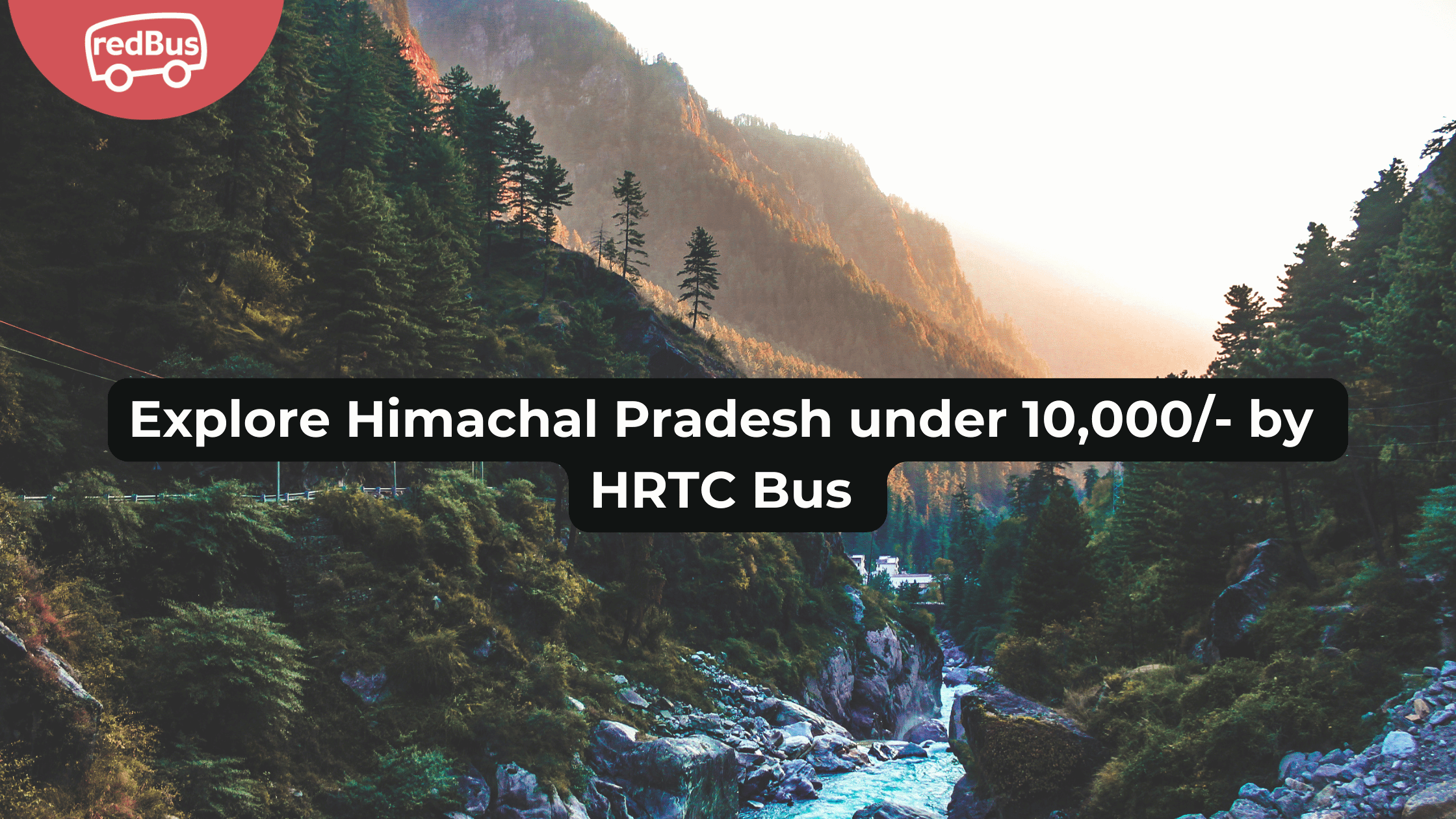Kerala, known as “God’s Own Country,” is renowned for its stunning natural beauty, serene backwaters, and rich cultural heritage. Beyond its picturesque landscapes, the state is also home to many famous historical places that testify to its glorious past and diverse cultural influences. In this blog post, we journeyed through time to discover 20 iconic historical sites in Kerala, each offering a glimpse into the region’s fascinating history and architectural legacy.
Fort Kochi:
Fort Kochi, located in the historic city of Kochi, is a melting pot of cultures and a living testimony to Kerala’s colonial past. Built by the Portuguese in the 16th century, the fort later fell into the hands of the Dutch and the British, each leaving their mark on its architecture and heritage. Today, Fort Kochi is dotted with colonial-era buildings, churches, and synagogues, including the iconic St. Francis Church and the Mattancherry Palace.
Mattancherry Palace:
Also known as the Dutch Palace, Mattancherry Palace is a splendid example of Kerala’s traditional architecture and craftsmanship. Built by the Portuguese in the 16th century and later renovated by the Dutch, the palace features exquisite murals depicting scenes from the Ramayana and other Hindu epics, as well as portraits of the Kochi royal family.
St. Francis Church, Kochi:
St. Francis Church, located in Fort Kochi, is one of the oldest European churches in India and a significant landmark in Kerala’s history. Built by the Portuguese in the early 16th century, the church served as the burial place of the explorer Vasco da Gama before his remains were later transferred to Portugal.
Bekal Fort:
Perched atop a cliff overlooking the Arabian Sea, Bekal Fort is a majestic fortress that dates back over 300 years. Built by the rulers of the ancient Kadamba dynasty, the fort later came under the control of the Vijayanagara Empire and the Tipu Sultan of Mysore. Today, Bekal Fort is a popular tourist attraction known for its stunning views, well-preserved architecture, and historical significance.
Padmanabhapuram Palace:
Located in the town of Padmanabhapuram, Padmanabhapuram Palace is a magnificent wooden palace that served as the administrative headquarters of the Travancore kingdom. Built in the 16th century, the palace is renowned for its intricate wood carvings, mural paintings, and traditional Kerala architecture, making it a must-visit destination for history buffs and architecture enthusiasts.
Thalassery Fort:
Built by the British East India Company in the late 18th century, Thalassery Fort is a historic fortress that played a crucial role in the colonial history of Kerala. Today, the fort is a well-preserved monument that offers visitors a glimpse into the region’s colonial past, with its massive walls, cannons, and bastions standing as silent witnesses to centuries of history.
Hill Palace, Tripunithura:
Hill Palace, located in Tripunithura near Kochi, is the largest archaeological museum in Kerala and a former royal residence of the Kochi royal family. Built in the 19th century, the palace is renowned for its vast collection of artifacts, antiques, and royal memorabilia, including weapons, furniture, paintings, and sculptures, offering visitors a fascinating insight into Kerala’s royal heritage.
Bekal Fort Beach:
Adjacent to the Bekal Fort, Bekal Fort Beach is a serene stretch of golden sands that offers stunning views of the fort and the Arabian Sea. Visitors can relax on the beach, take a leisurely stroll along the shoreline, and admire the picturesque scenery of this idyllic coastal destination.
Thirumullavaram Beach:
Located near the town of Kollam, Thirumullavaram Beach is a tranquil seaside retreat that attracts visitors with its golden sands, clear blue waters, and serene ambiance. The beach is ideal for swimming, sunbathing, and picnicking, offering a peaceful escape from the hustle and bustle of city life.
Krishnapuram Palace:
Situated in the village of Kayamkulam, Krishnapuram Palace is a magnificent 18th-century palace that showcases Kerala’s architectural splendor and artistic heritage. The palace is renowned for its exquisite mural paintings, including the largest mural in Kerala depicting the mythological story of Gajendra Moksha.
Anjengo Fort:
Built by the British East India Company in the 17th century, Anjengo Fort is a historic fortification located near the town of Varkala. The fort offers panoramic views of the Arabian Sea and the surrounding coastline, making it a popular spot for photography, sightseeing, and sunset watching.
Fort St. Angelo, Kannur:
Fort St. Angelo, also known as Kannur Fort, is a massive fortress that stands as a symbol of the Portuguese colonial legacy in Kerala. Built in the 15th century, the fort later came under the control of the Dutch and the British, each leaving their mark on its architecture and history. Today, Fort St. Angelo is a well-preserved monument that offers visitors a glimpse into Kerala’s colonial past.
Palakkad Fort:
Located in the heart of Palakkad town, Palakkad Fort is a historic fortification that dates back over 250 years. Built by the Mysore ruler Hyder Ali in the 18th century, the fort later came under the control of the British East India Company. Today, Palakkad Fort is a popular tourist attraction known for its massive walls, bastions, cannons, and picturesque surroundings.
Thiruvananthapuram Zoo:
Established in 1857, Thiruvananthapuram Zoo is one of the oldest zoos in India and a popular tourist attraction in Kerala’s capital city. Spread across 55 acres of lush greenery, the zoo is home to a diverse collection of animals, birds, and reptiles, including elephants, tigers, lions, and crocodiles, making it a must-visit destination for wildlife enthusiasts and nature lovers.
Jewish Synagogue, Kochi:
Located in the heart of Jew Town in Kochi, the Jewish Synagogue is one of the oldest active synagogues in India and a testament to Kerala’s multicultural heritage. Built in the 16th century by the Jewish community of Kochi, the synagogue is adorned with exquisite hand-painted Chinese tiles, Belgian chandeliers, and ancient artifacts, making it a fascinating cultural landmark.
Conclusion:
Kerala’s historical places are not just relics of the past; they are living testaments to the region’s rich cultural heritage and architectural legacy. From majestic forts and palaces to ancient temples and colonial-era buildings, each historical site narrates a story of Kerala’s vibrant history and cultural diversity. Whether you’re a history enthusiast, an architecture buff, or a cultural connoisseur, Kerala’s famous historical places promise an enriching and unforgettable experience.
So why wait? Plan your visit to these iconic sites today and immerse yourself in the timeless charm and grandeur of Kerala’s glorious past. Book your KSRTC Kerala bus ticket to explore the famous historical places of Kerala on redBus and embark on a journey of discovery and exploration through the enchanting landscapes and rich heritage of God’s Own Country.



